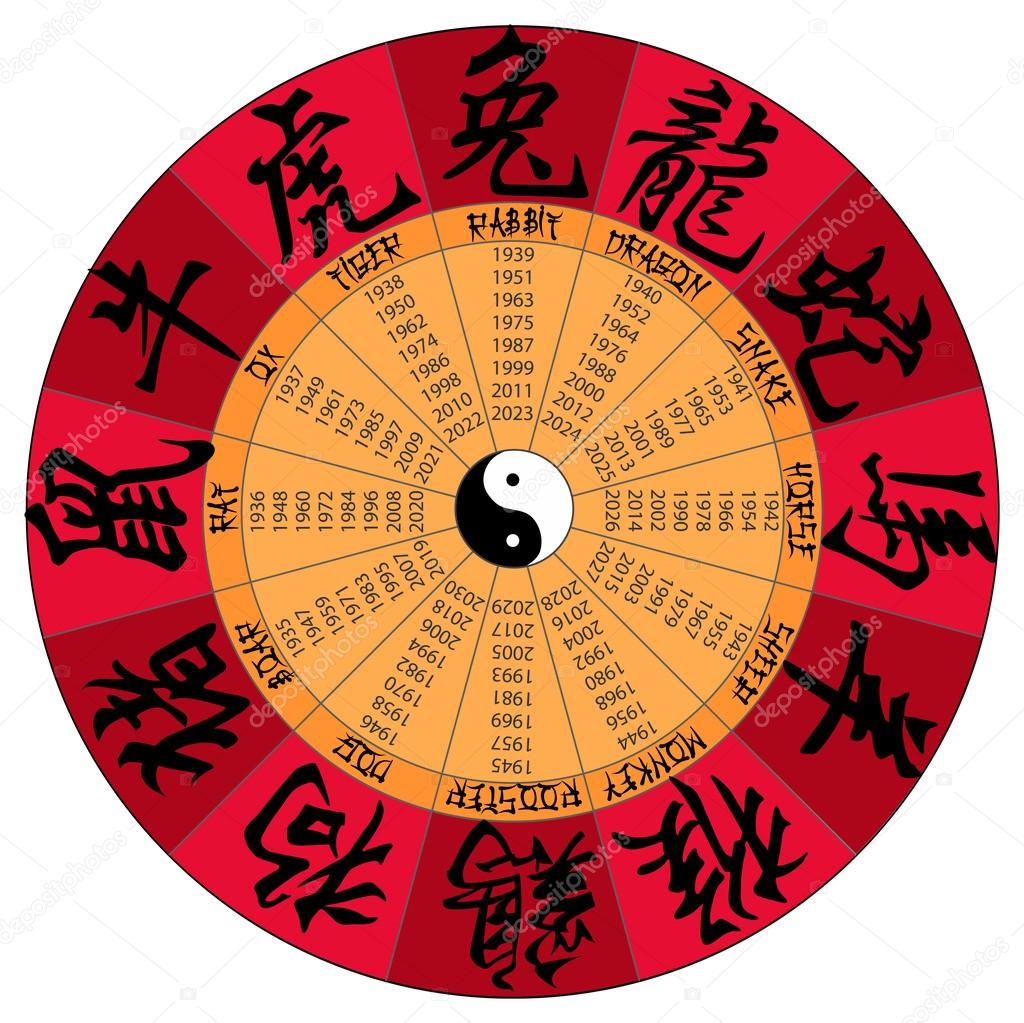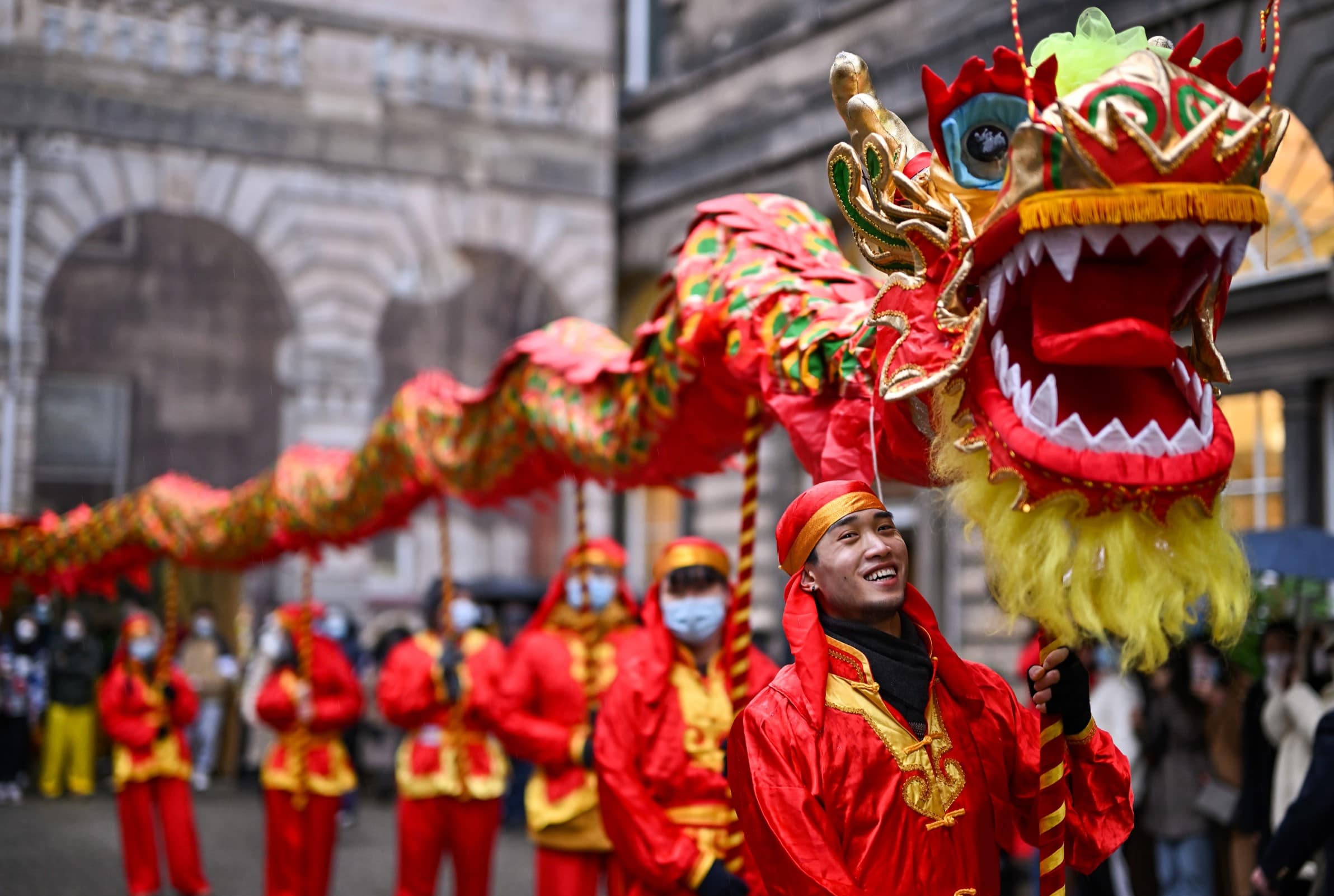Chinese New Year, also known as Spring Festival or Lunar New Year, boasts a remarkable history spanning over 3,000 years. Its origins are deeply rooted in ancient agricultural traditions and the worship of ancestors, making it one of the world's oldest continuously celebrated festivals.
The Legend of Nian
According to ancient Chinese legend, the festival's traditions stem from the tale of a fearsome beast called "Nian" (年), whose name also means "year" in Chinese. This mythical creature would emerge from the depths of the sea on the last night of each lunar year to terrorise villages, devouring crops and livestock.
The villagers lived in constant fear until a wise old man revealed three secrets to defeat the monster: the colour red, bright lights, and loud noises. When Nian next appeared, the entire village was ready—they lit blazing fires, hung red decorations everywhere, and created a tremendous racket with drums and firecrackers.
The beast was so startled by this display that it fled immediately and never returned. From that day forward, these protective rituals became the foundation of New Year celebrations.
Ancient Traditions and Meaning
Originally, the festival served as a time of renewal and spiritual cleansing. Ancient Chinese communities used this period to honour their ancestors, drive away evil spirits, and pray for bountiful harvests in the coming year. The celebrations marked not just the passage of time, but a symbolic rebirth of hope and prosperity.
The practice of thorough house cleaning before the New Year—known as "sweeping the dust"—represents casting away misfortune and making room for incoming luck. Homes are then adorned with symbols of good fortune: red couplets (chunlian) flanking doorways, intricate paper-cut decorations, and the character "福" (fu, meaning happiness) often displayed upside down, as the word for "upside down" sounds like "to arrive" in Chinese—symbolising the arrival of good fortune.
Red Symbolism
Red became the dominant colour representing joy, luck, and protection from evil spirits
Lanterns & Lights
Bright illuminations guide ancestors home and ward off darkness and misfortune
Firecrackers
Loud noises frighten away evil spirits and announce the arrival of the new year
Evolution Through the Centuries
Over the millennia, Chinese New Year evolved from these ancient protective rituals into a rich tapestry of family traditions, cultural celebrations, and community gatherings. During the Han Dynasty (206 BC–220 AD), many of today's customs became standardised, including the practice of staying awake all night on New Year's Eve to "guard the year" and ensure good fortune.
The festival gradually transformed from a purely spiritual observance into a time of family reunion, feasting, and celebration of Chinese cultural identity. Today, while the mythical beast Nian may be relegated to legend, the traditions born from that ancient tale continue to bring communities together in joyous celebration, preserving thousands of years of cultural heritage for future generations.




